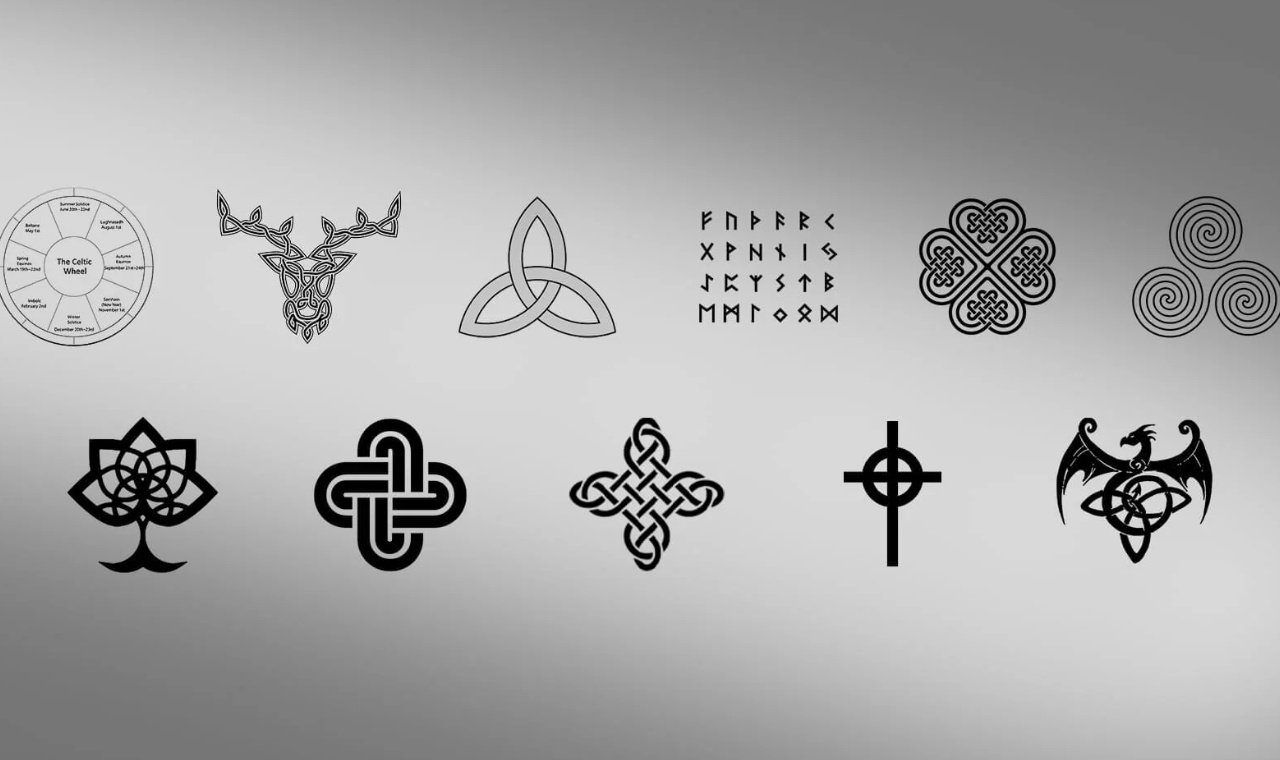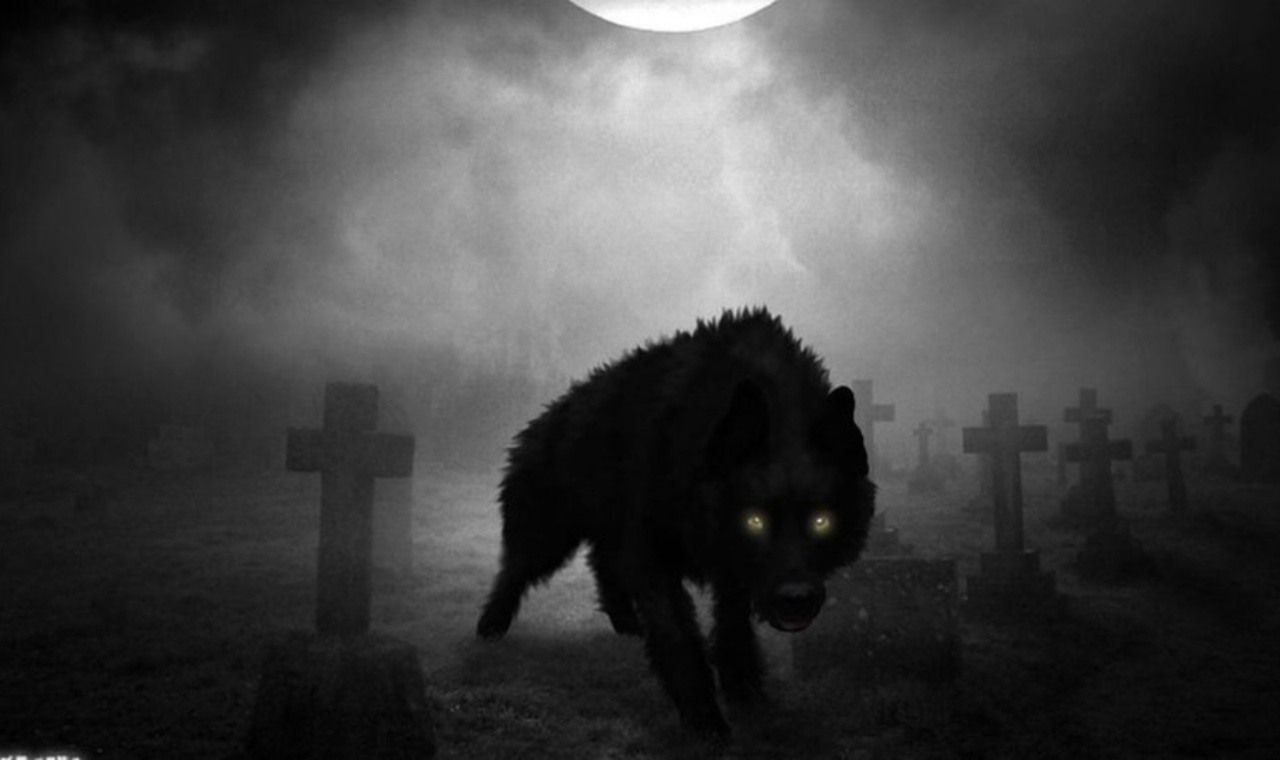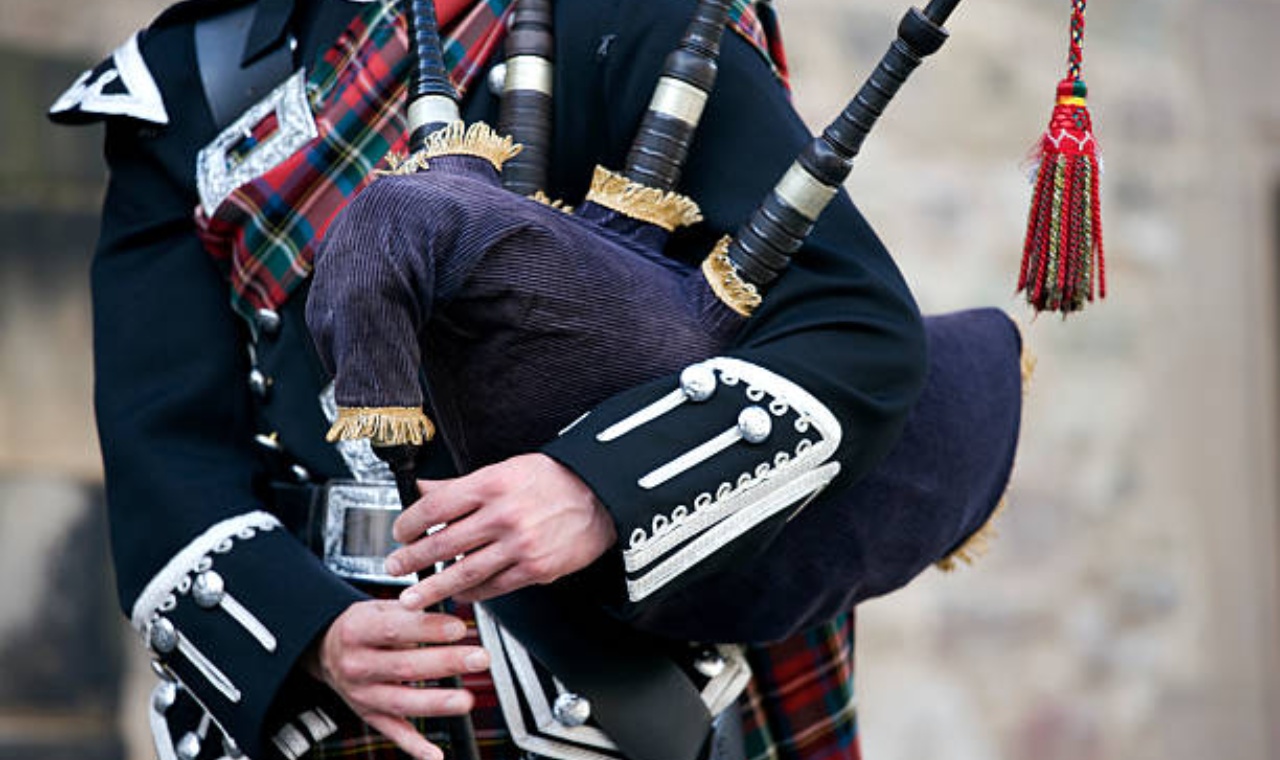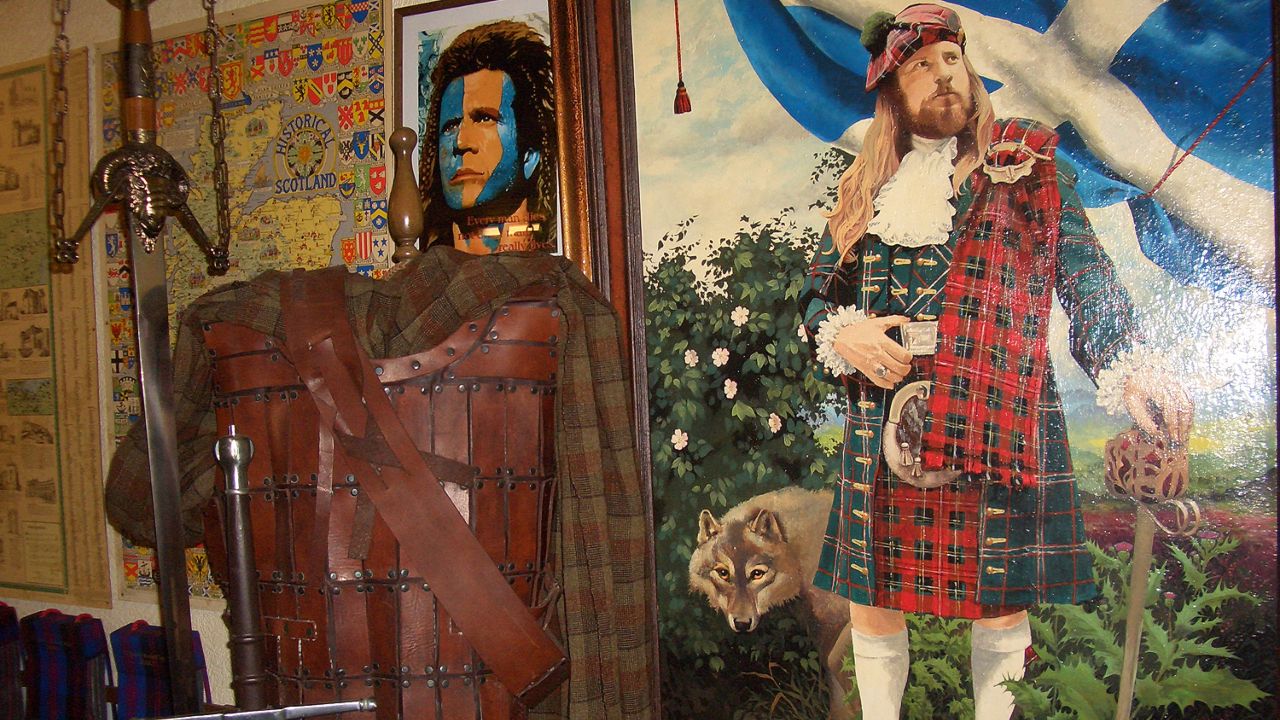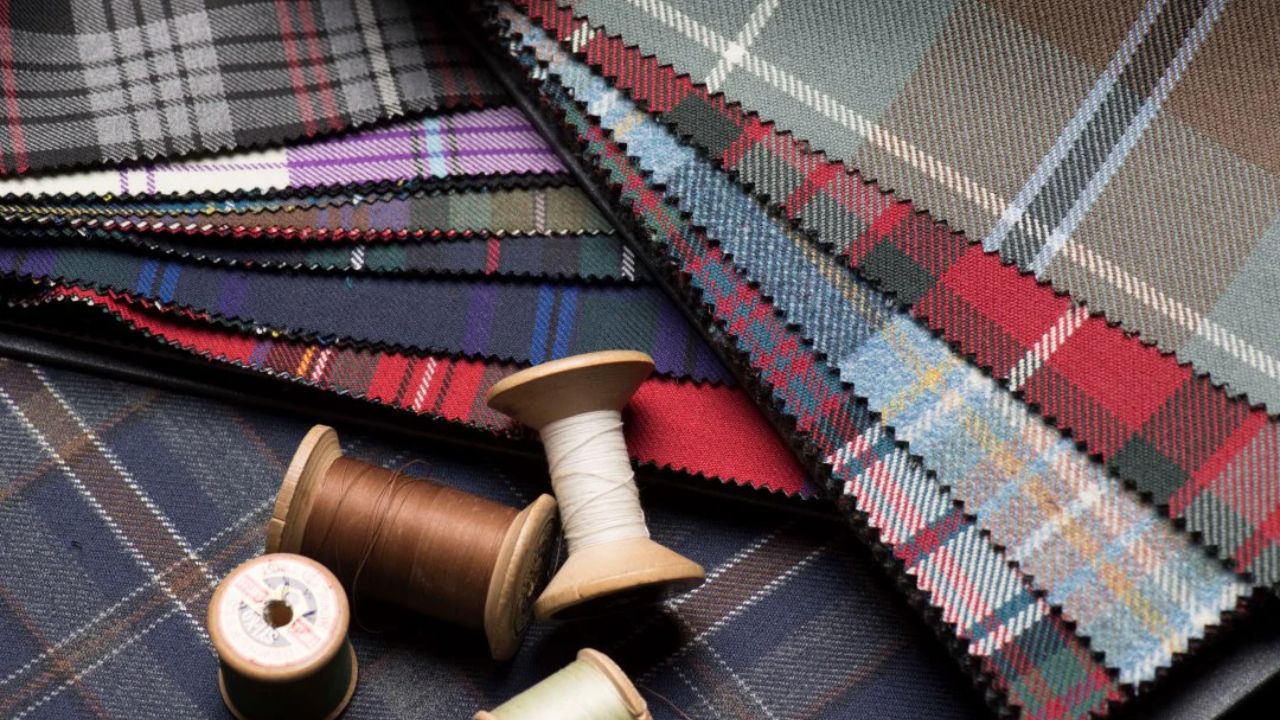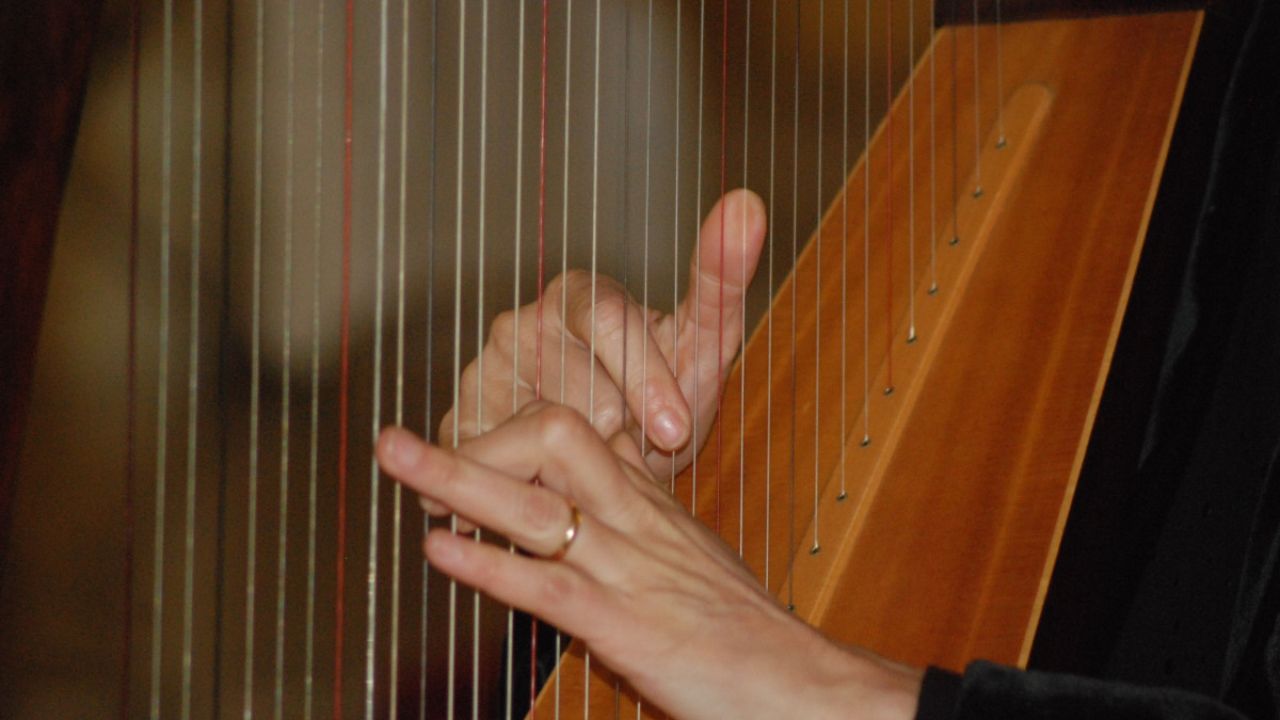The Gaelic Chanter: Voice of the Bagpipes Explained

When you hear bagpipes, you feel Scotland before you recognize the melody. That soaring sound comes from one essential part of the instrument: the Gaelic chanter. It sings the tune. It shapes every emotion within the music. And it turns simple air into a voice that echoes through history.
The chanter may look small, but it carries centuries of identity, ceremony, and tradition.
What Exactly Is the Gaelic Chanter?
The chanter is the melodic pipe of the Great Highland Bagpipe. Players finger the holes on the chanter while pressing air through a reed inside. That reed creates vibration and the music begins.
Quick traits
- Produces the melody
- Uses nine notes in a distinct Scottish scale
- Played continuously (no silence between notes)
The result feels bold and uninterrupted much like the Scottish spirit itself.
To explore how Celtic instruments express heritage in other ways, visit our guide on The Clarsach.
The Reed: The Heart of the Sound
The reed inside the chanter shapes everything; pitch, richness, and intensity. Many pipers adjust or craft their own reeds to match climate, playing style, or performance needs.
Reeds make the chanter feel alive. Slight changes transform the tone from haunting to triumphant.
Gaelic Identity in Every Note

Bagpipes served as instruments of communication, courage, and community. At clan gatherings and battlefields, the chanter led the charge with bravery in every breath.
To dig deeper into clan identity, explore How Many Scottish Clans?.
And for culture’s connection to faith, see Gaelic Bible Translations.
The chanter sits where music, language, and memory converge.
Why the Chanter Never Falls Silent
Bagpipe music has no pauses. Each dancer, soldier, or listener receives a continuous stream of melody. That constant sound reflects:
- endurance,
- confidence,
- and the unstoppable momentum of Scottish history.
You can feel a similar pulse in other Celtic rhythms like The Bodhrán Drum.
The Chanter in Ceilidh and Ceremony
From weddings to Highland Games, its voice keeps traditions alive:
- Military processions
- Highland dancing
- Regional festivals
- National remembrance
Want to experience that culture in motion?
Check Events to Watch in Highland Games 2025.
Where Scots gather, the chanter leads.
Craftsmanship and Heritage
Every chanter reflects the hands that made it:
- Carved from African Blackwood or high-quality polymers
- Finished to resonate in damp Highland air
- Tuned to match pipes and purpose
Woodwork, sound physics, and ancestral craft come together in one instrument.
Heritage remains tangible, like the woven identity found in Scottish Tartan.
A Sound That Belongs to the Land
To hear a chanter under open skies, perhaps above Loch Lomond, feels almost spiritual.
The notes carry the landscape’s memory:
- rugged coasts,
- battlefields,
- and the joy of living in community.
Scottish music tells stories in sound just as Irish culture does in voice. Discover more at Why Irish People Are Natural Storytellers.
The Chanter: Voice of a Nation
This small piece of wood continues to speak loudly for Scotland.
It stands for tradition, celebration, and pride, everything that the Highland Bagpipe represents.
The chanter is not just a component.
It is the voice of Scotland.

